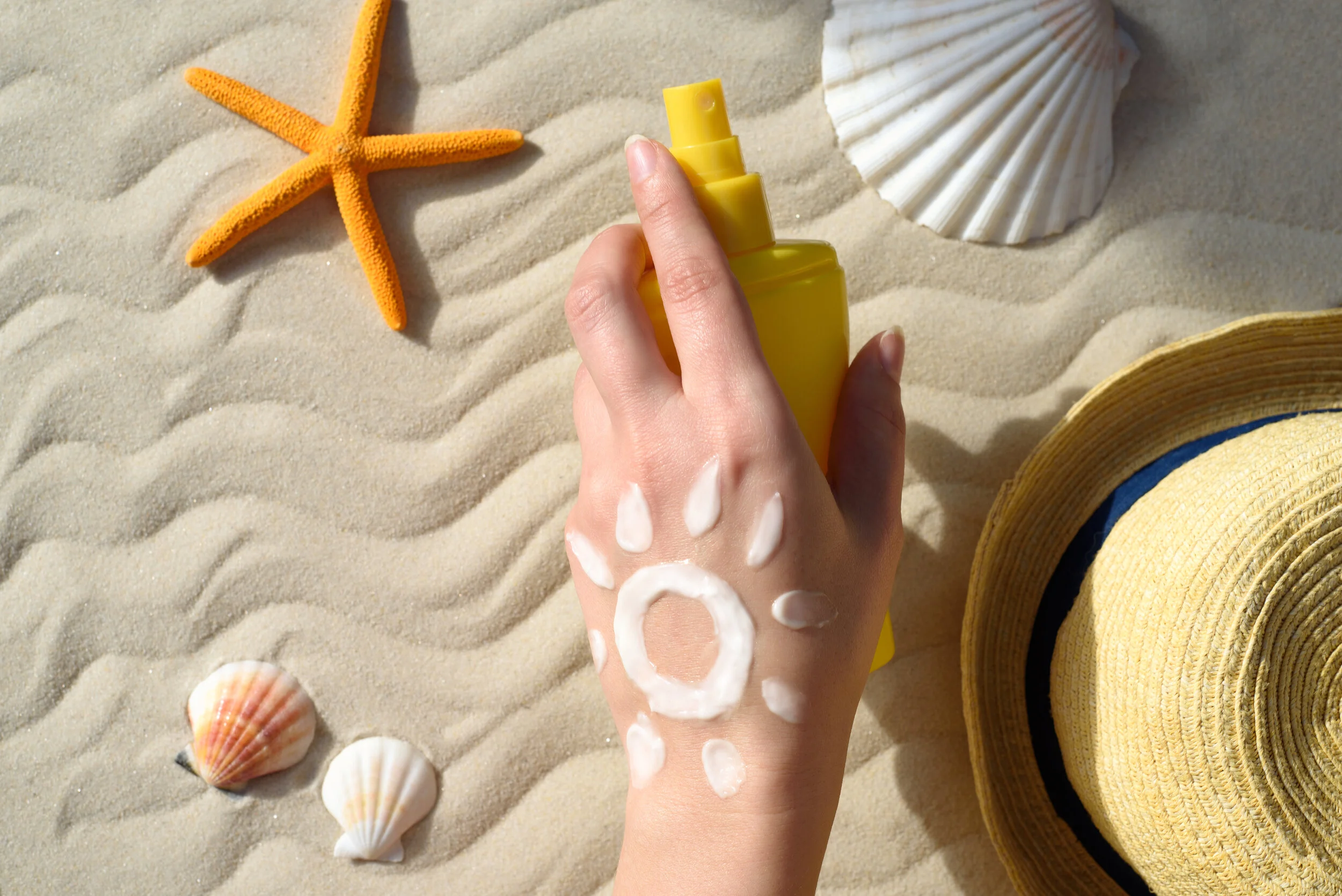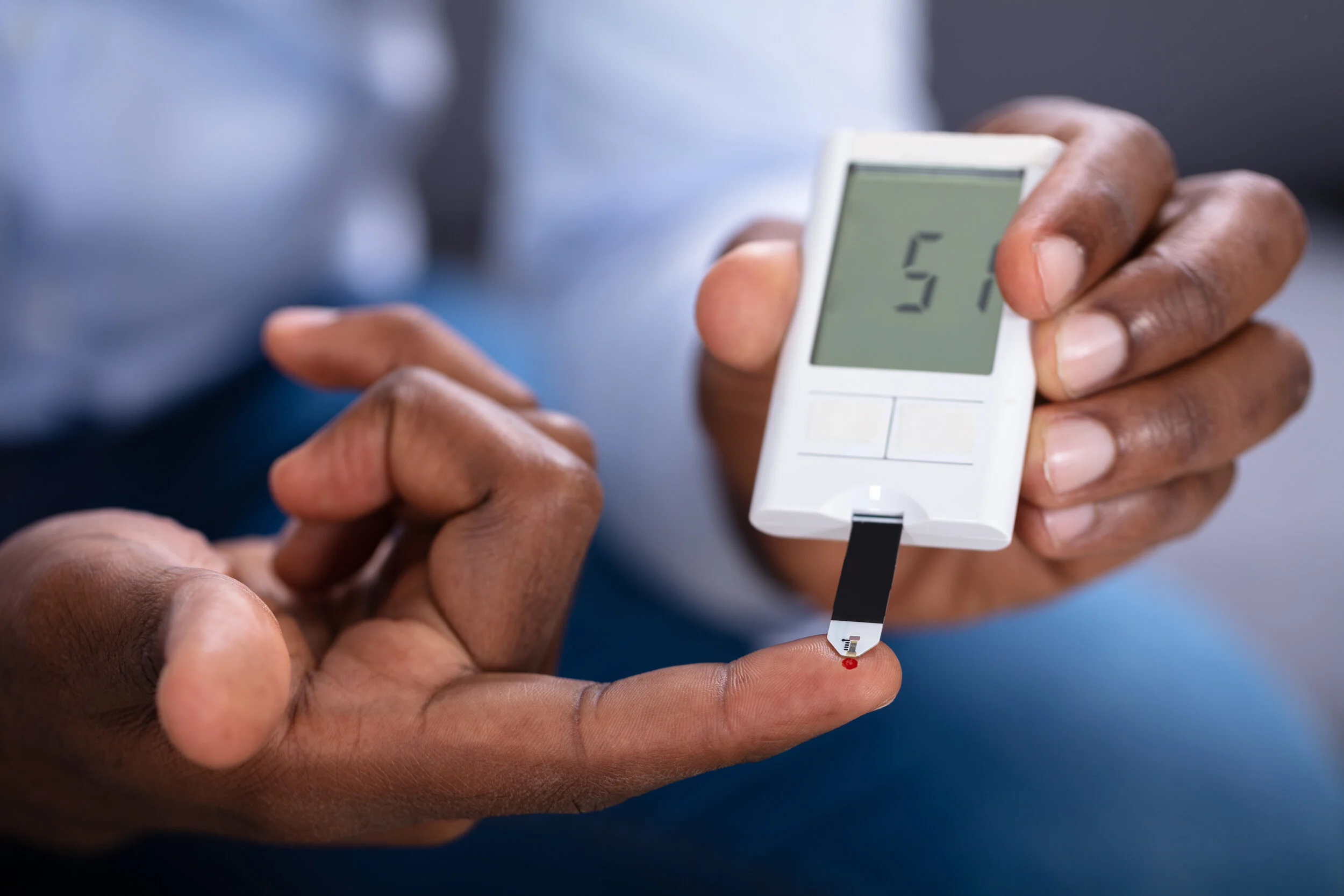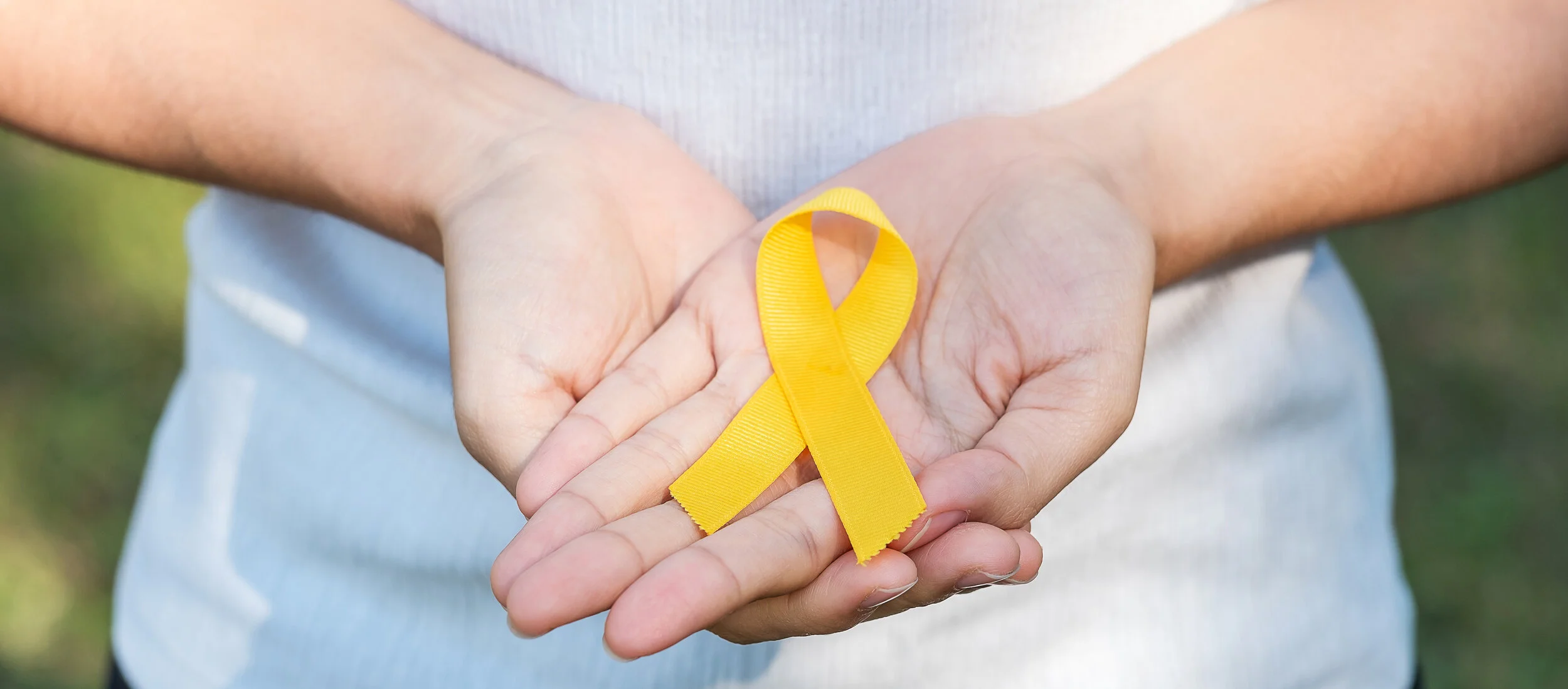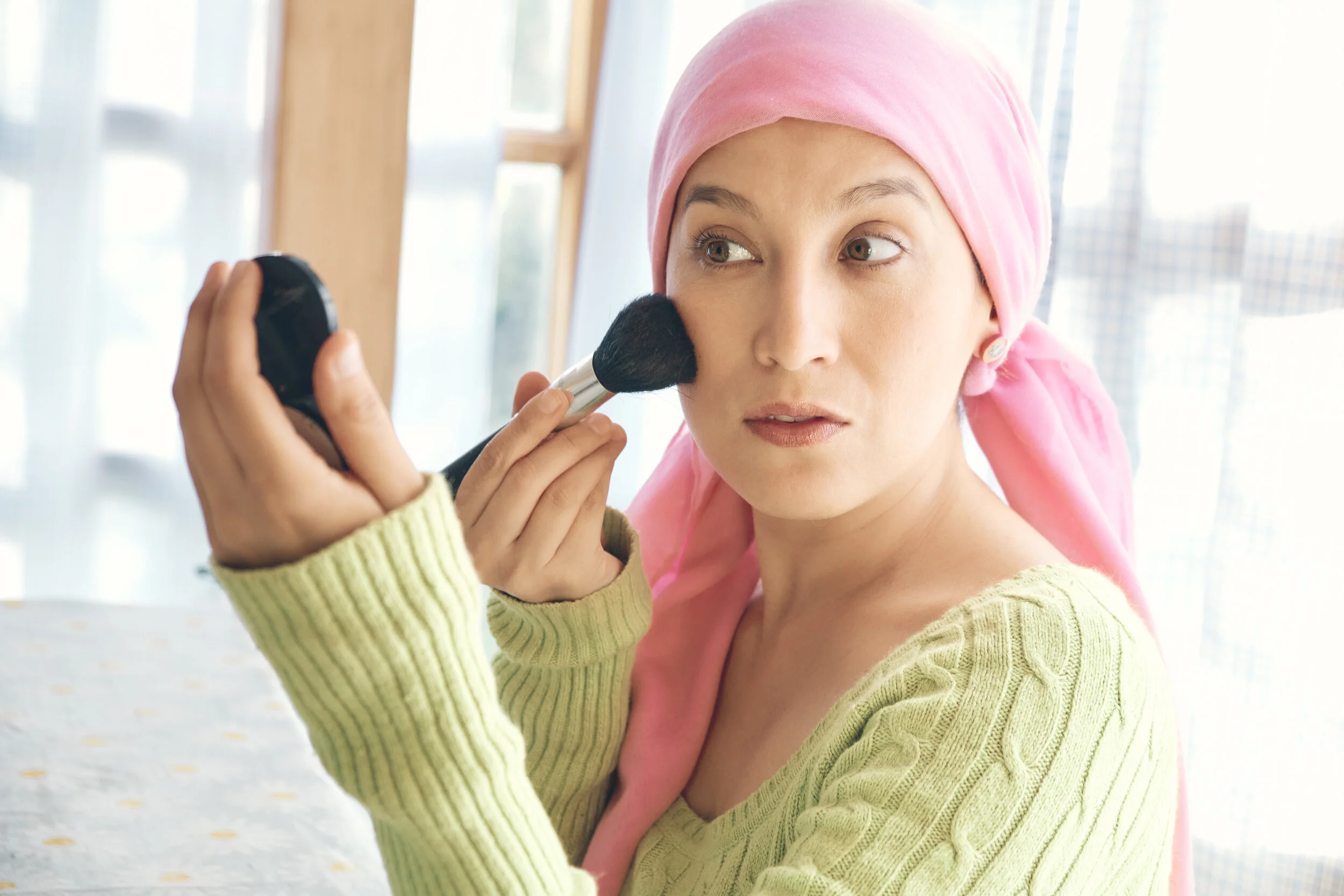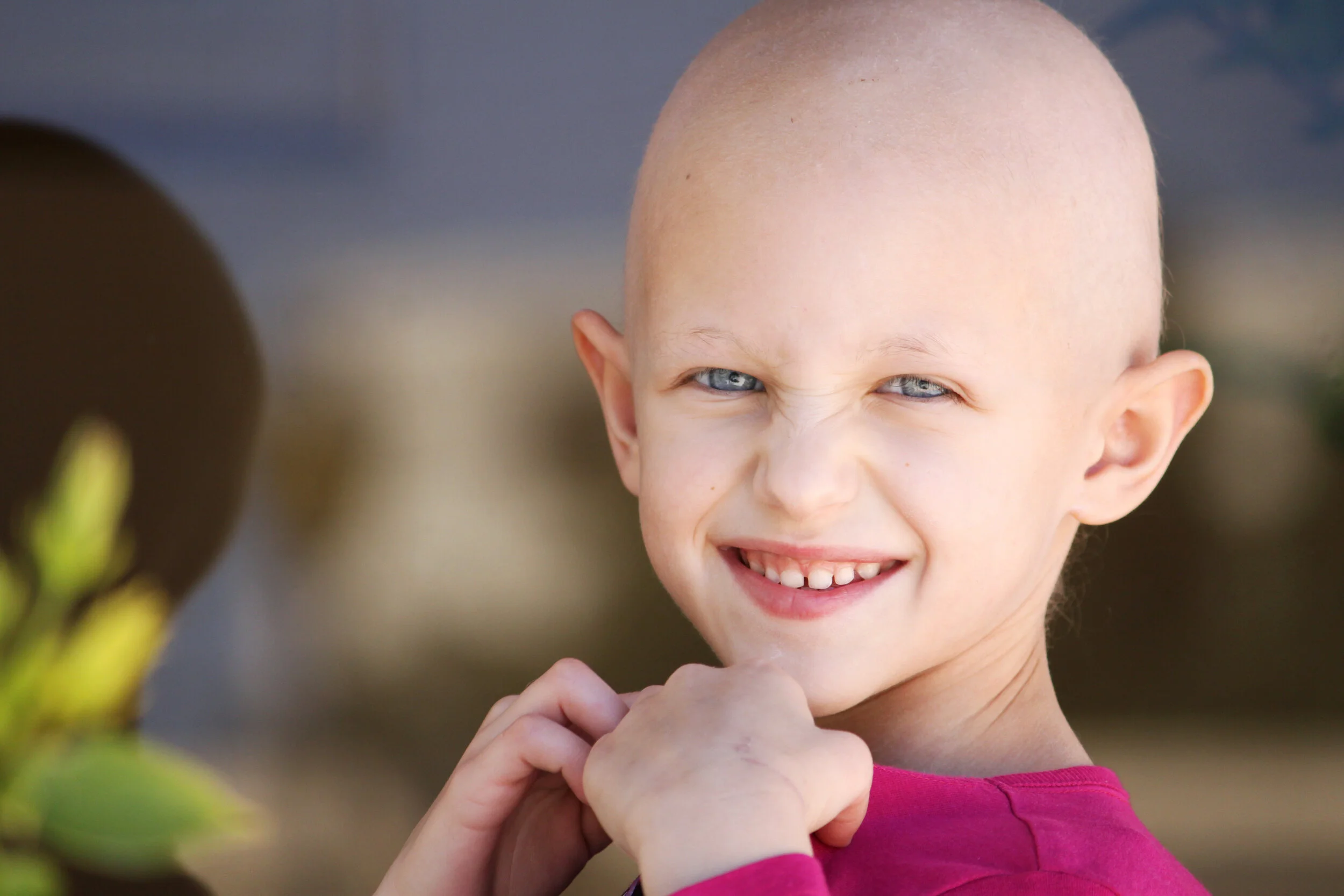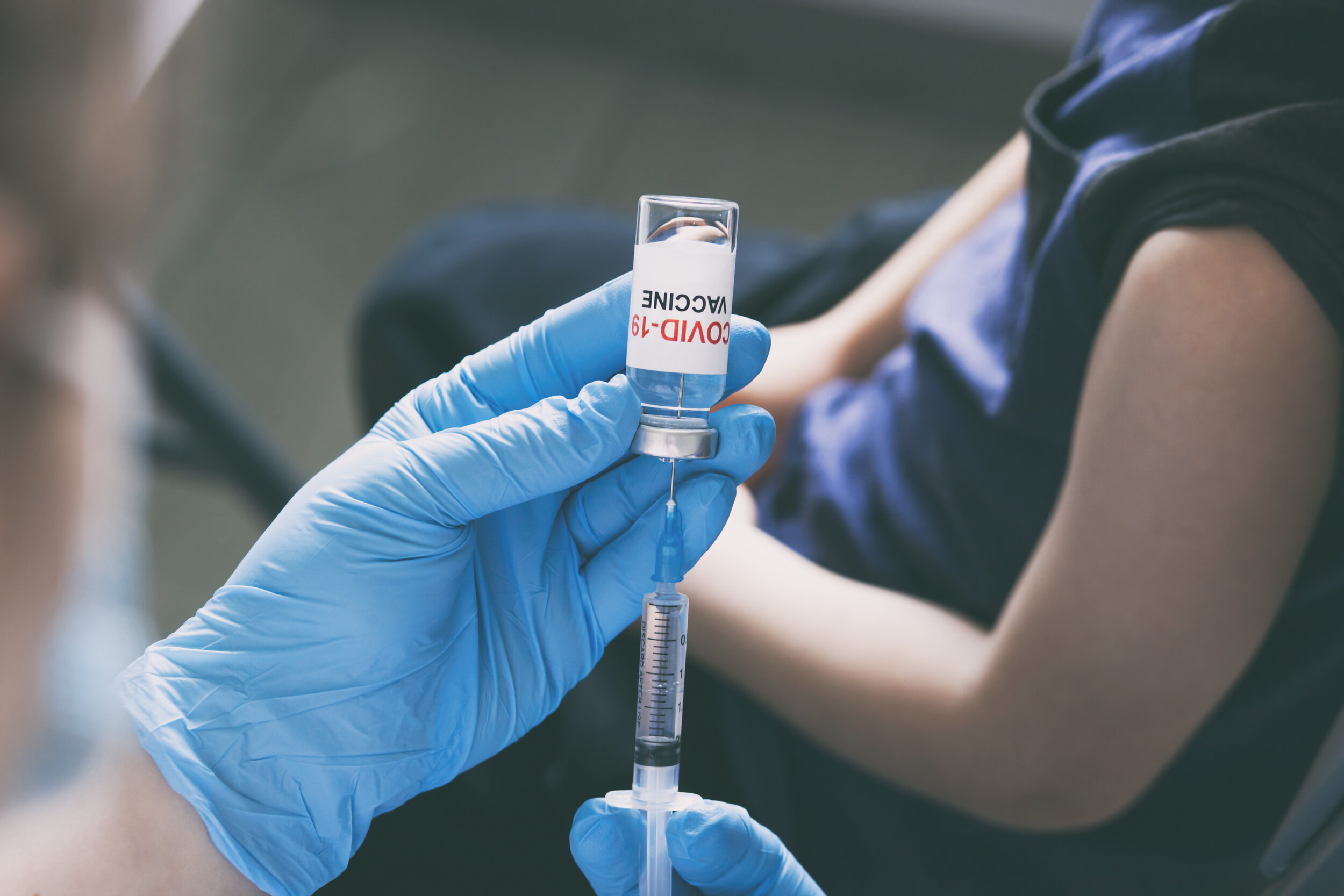Nail Changes During Cancer Treatment &
How to Manage the Symptoms
Changes to the fingernails and toenails are relatively common side-effects of chemotherapy. Other cancer treatments can cause it too, along with the hair loss and skin changes.
While some of these changes are a mere nuisance or primarily a cosmetic concern, others can cause more serious infections, and/or significant pain and discomfort. Cancer patients are advised to learn as much as they can about their illness and the changes they might expect. This may help to reduce the symptoms.
Skin and nail changes can typically be taken care of with some advanced preparation for the treatments and special attention to these areas.
Nail Symptoms and Chemotherapy
Chemotherapy can cause various nail-affecting symptoms. Fingernails are usually affected more than toenails, but they also heal faster, and grow back to normal about six months after the treatment is over.
Specific Cancer Treatment That Cause Nail Changes
Some treatments and some drugs used in those treatments are more likely to cause problems than other drugs.
Chemotherapy Drugs
Chemotherapy drugs that commonly cause nail symptoms include:
Taxotere (docetaxel)
Taxol (paclitaxel)
Adriamycin (doxorubicin)
For patients that are receiving taxane-based treatment, some oncologists recommend using hydrating nail solutions. Numerous studies suggest that the risk of nail loss associated with Taxol chemotherapy drugs can be significantly reduced by using hydrating nail solutions.
Targeted Therapies
Targeted therapies, amongst them especially Tarceva (erlotinib), which is an EGFR inhibitor used for EGFR positive lung cancers, are also a common cause of various nail conditions.
Immunotherapy
The most common side effects of immunotherapy drugs are conditions that end with "itis" and can include your skin and nails.
Common Cancer Medications and Their Side Effects to Your Nails
Nail Discoloration
There is a wide range of medications that have been reported to cause nail discoloration, with visible marks and white or dark lines on the nail. Some of those medications are: bleomycin, cyclophosphamide, dacarbazine, daunorubicin, docetaxel, doxorubicin, erlotinib, etoposide, fluorouracil, gefitinib, idarubicin, imatinib, lapatinib, melphalan, paclitaxel, panitumumab, topotecan, and vincristine.
Nail Separation
There are a group of medications, known to cause separation of the nail from the nail bed. Among them are: capecitabine, docetaxel, doxorubicin, eribulin, etoposide, ixabepilone, mercaptopurine, methotrexate, mitoxantrone, and paclitaxel.
Infection around the nail
Chemotherapy drugs such as cetuximab, docetaxel, eribulin, erlotinib, gefitinib, lapatinib, paclitaxel, and panitumumab can cause an infection of the skin around or under the nail, as one of the most common conditions following chemotherapy.
Bleeding under the nails
Some chemotherapy drugs, namely docetaxel, paclitaxel, sorafenib, and sunitinib, can cause bleeding under the nail, as the most common side-effect of these drugs.
Redness and swelling under the nail
The skin around the nails can become red and swollen, due to the use of cetuximab, eribulin, erlotinib, gefitinib, lapatinib, and panitumumab. Some other drugs, namely docetaxel, paclitaxel, can cause complete nail loss. Graft-versus-host disease, one of the possible side-effects of some cancer treatments, such as bone marrow transplantation, can also cause nail loss.
Beau's Lines
Lines known as Beau s lines could develop on the nails during and after chemotherapy. The lines can appear both as horizontal and vertical. The nails can change color to yellow, and the lines on them can seem light or darker than the rest of the nail.
Koilonychia
Koilonychia is a concave, spoon-like shape of the nails, a state that can develop as a side-effect of chemotherapy. This is not the same as clubbing, which is a process associated with lung cancer, when the fingertips permanently take on a spoon-like shape.
Nail Weakness and Loss
Chemicals in chemotherapy can weaken your fingernails and toenails, and make them brittle and fragile. Some patients even experience nail loss, where nails fall off completely after the first couple of rounds of treatment. Luckily, this is not very common. Not all chemotherapy medications are the same; some are more likely to cause nail loss than others. Taxane (Taxol and Taxotere) are known to cause nail loss more often than other kinds of therapy.
Secondary Infections
In case that white cell count is reduced due to chemotherapy- a state referred to as induced neutropenia- chances of developing serious infections increase. A particularly painful infection called paronychia can develop in the area surrounding the nail.
These side-effects can be treated with various medications. Dr. Singhal recommends PolyBalm.
How does PolyBalm help with nail changes?
PolyBalm contains waxes and oils that are particularly rich in phytochemicals, especially those from the phenolic polyphenols group. These oils and waxes are able to moisturize the skin, preventing dryness, and splitting and cracking of the nail. They also have anti-inflammatory and antioxidant properties. There is a hypothesis, for the PolyBalm trial, that when oils with these properties are applied locally to the nail bed, they act as a local antidote to the chemotherapy, thus preventing damage to the proliferating stem cells.
Additionally, anti-microbial properties of these oils and waxes in PolyBalm can prevent secondary infections, keeping the nail healthy and intact. - see trial results.
Coping with Nail Changes from Cancer Treatment
In case of infection, patients are advised to talk to their oncologists. Some infections, paronychia, for example, require antibiotic and antifungal therapy treatment. A solution of povidone-iodine may work as well.
Things you can do yourself to manage your symptoms and potentially prevent further problems include:
Keep your fingernails and toenails neatly trimmed.
Wear protective gloves while working. During gardening, you can use cotton gloves to protect your hands. Rubber gloves should be considered when washing dishes, to prevent further drying of already sensitive skin.
Biting nails? Break the habit by wearing cotton gloves. Biting your nails increases the chances of infection.
Try and avoid manicures, pedicures, or cuticle cutting. They can increase your risk of infection. Also, avoid using artificial nails.
Some people find that soaking their hands in natural oils, such as olive oil, is helpful.
Wear comfortable, loose-fitting shoes to minimize trauma to your toenails.
If one of your nails becomes loose, do not pull it off. It's better to lightly cover the area with a bandage or gauze (to avoid accidentally ripping off your nail) and allow it to fall off on its own.
Prevention of Fingernail Symptoms During Cancer Treatment
Studies have shown that cooling hands and nails during chemotherapy can decrease nail damage. For this reason, some cancer centers even provide ice packs that patients can use. However, nail changes can’t be prevented completely, and applying ice to your hands can be an uncomfortable experience.
If a patient is receiving a taxane drug during chemotherapy, the doctor may recommend a cream to reduce symptoms.
When You Should Call Your Doctor
Any changes to your fingernails and/or toenails should be reported to your cancer team. If you notice any signs of infection between visits, such as increased pain, redness around the cuticle, fever, rapid elevation of the nail bed, or any pus draining from your nail, you should contact your Oncologist as soon as possible.
Bottom Line on Nail Changes During Cancer Treatment
The color or shape of your nails can change during cancer treatment. This is a common side-effect of many forms of cancer treatment. Some chemo drugs, such as taxanes, can even cause complete loss of nails, infections, and paronychia. The best way to take care of nail changes during chemotherapy is to take special care of your nails, in order to reduce the risk of infection. If the symptoms of infection around your nails still develop, patients should talk to their Oncologist.
Chemotherapy and other forms of cancer treatment may cause your nails and nail beds to change color, become brittle, grooved, lifted, or sensitive. Hope & Beauty offers ways to help manage these side-effects with our line of nail treatment products.
Newly diagnosed or currently living with cancer? Find the most current information about living with cancer, symptoms of cancer and cancer treatment, as well as motivational cancer survival stories from fascinating people across the world.






